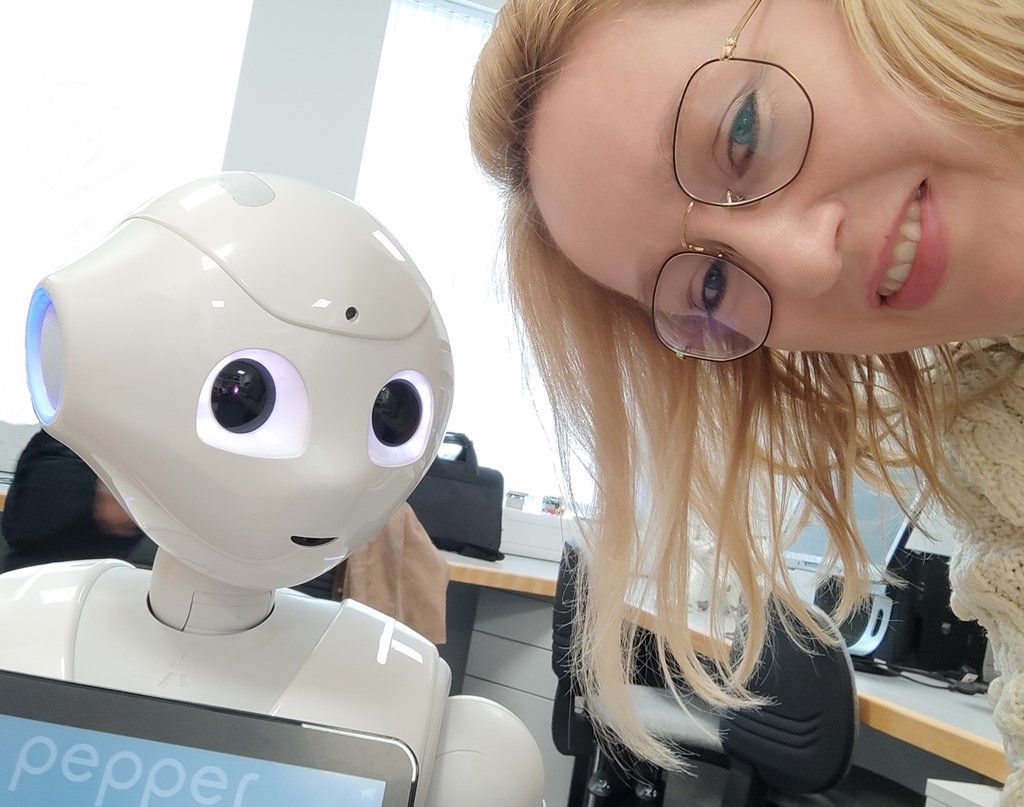Anna Zamyłka, Eurobuild CEE: Can you tell me where we are now at, in terms of robotisation in Poland? How does it compare to other countries?
Magdalena Morze, The Łukasiewicz Poznań Institute of Technology: We are definitely not among the leaders in this field, as can be seen from the numbers. Poland has one of the lowest robot densities in Europe and we also rank 16th in the world when it comes to the number of working robots. According to The ‘World Robotics 2021’ report by the International Robotics Federation, in 2020 the use of industrial robots was 0.5 pct higher globally than the previous year, with around 384,000 working robots. This was the third highest rise ever, with the two previous best years being 2017 and 2018. In Poland, the most robotised industries are rubber and plastic goods production as well as the automotive and pharmaceutical industries.
Why are other sectors not following this path?
Our production industries have to make a huge investment































































